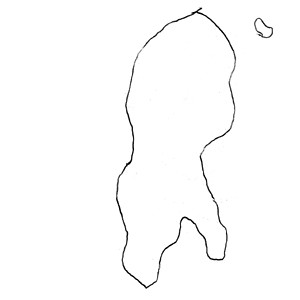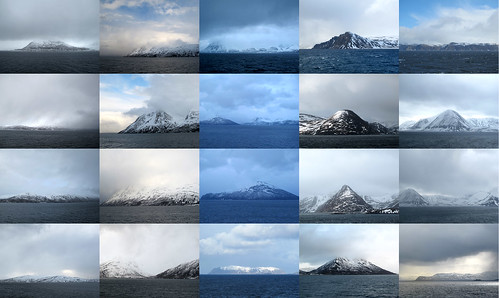I've had a map of Norway in my 'drawing Europe's countries' project for a few years. But I'm not quite sure that it's Norway (it could be an upside down Finland...). This is it:
So, in Norway, I decided to ask someone to draw another map. Isak - who works in a theatre - drew a map of Norway - very accurately - pointing out Tromso, Kirkenes and Oslo, the place where all the money is.
Recently, out of the blue, through the postcrossing site, I received a postcard from Natalia in Minsk on which she'd drawn a map of Belarus.
This was fantastic. I'm not sure whether I'd ever meet someone from Belarus so I'm very pleased that Natalia sent me her map, which shows Belarus' biggest cities and towns.







